Hello, world!
We are Francesc Giménez and Núria Samsó, head teacher and pedagogical coordinator at Institut de Gurb (Barcelona). We have been travelling again!
From the 9th to the 13th of October 2023 we have visited different schools in Denmark. We invite you to read about our experience and all the things we did and learned in Denmark.
The LEAPS project
LEAPS is an acronym for Learning and Engagement through Authentic Projects with a focus on Science. It is a Danish in-depth learning initiative led by the Kata Foundation. The initiative is built on project–based learning where students immerse themselves in engaging problems that relate to an authentic problem in society on either a local, national or global scale.
The main purpose for LEAPS is to improve students’ learning and engagement in primary and secondary school level by an increased focus on science learning methods.
LEAPS project has a duration of at least 6 weeks. The projects are interdisciplinary, contain clear learning goals and are thoroughly planned and prepared by teachers, both individually and in teams. The Kata Foundation has developed LEAPS planning tools to ensure a high academic standard in the projects.
The core of a LEAPS project is based on these 6 components:
- Engaging question: relates to a real problem or phenomena.
- Kickoff: every LEAPS course starts with a kickoff that is engaging and motivating for the students.
- High-quality products: during the LEAPS project, all students create one or several products of high quality that relate to the engaging question.
- Authentic collaborations: LEAPS projects involve the surrounding community such as experts and other relevant collaborators to increase the authenticity of student’s work.
- Multiple drafts and feedback: In every LEAPS project the students reflect upon their own learning by receiving feedback on drafts of their work. The feedback can be from teachers, peers or external experts.
- Exhibition: All LEAPS projects end with an exhibition where students present their products for an authentic audience. The main purpose of the exhibition is for the students to demonstrate their learning process and present their knowledge and results for either the local community, parents, fellow students, teachers, experts etc.
Moreover, the following 3 elements ensure a well-structured LEAPS project. First, it is crucial that LEAPS projects have clear and articulate learning goals which is a legal requirement in Danish schools. Second, LEAPS projects must be interdisciplinary. And finally, LEAPS projects must focus on Deeper Learning skills.
The Deeper Learning skills are based on Hewlett Foundations definition and concentrate on the following subject areas:
- Master core academic content: students develop a fundamental understanding of central academic disciplines and can transfer this knowledge to other situations.
- Think critically and solve complex problems: students apply tools and techniques derived from core academic subjects to define and solve problems.
- Work collaboratively: students collaborate to identify problems and create solutions on academic, practical and social challenges.
- Communicate effectively: students learn central communication skills e.g. active listening skills, how to construct clear and coherent arguments and deliver outstanding presentations.
- Learn how to learn: students reflect upon and adjust their own learning to expand their existing knowledge.
- Develop academic mindsets: students develop an academic self–belief and perseverance which motivate them to fully engage in their work.
It takes both time and effort to become a LEAPS school. The transformation is a five-year process where the school leadership is preparing for the profound changes and teachers are trained to teach after the LEAPS principles. The transformation is, however, an ongoing process where teachers and students are gradually introduced to LEAPS.
The Kata Foundation supports the transformation by providing LEAPS schools with a project leader who is present on schools approx. two days per week. The project leader facilitates the teachers’ training program, collaborates with the school leadership and support LEAPS teachers during all phases of a LEAPS project.
About the schools
Herfølge Skole
Herfølge Skole is a primary school (6 to 16 years old) located in the southern part of Køge Municipality, where 410 students divided into 19 classes (about 2 in each level) and 50 educational staff (teachers and pedagogues) contribute every day to a school full of life, play and learning.
Herfølge Skole has been a LEAPS school for 6 years, so they are an experienced school in the program. They are in a restructuring process, where they focus to a large extent on project-based learning and developing learning environments that unfold potential through competent professionalism, creativity, commitment and well-being.
Rude Skov Skole
Rude Skov Skole is a primary school (6 to 16 years old) located in beautiful, scenic surroundings in the town of Birkerød, in the north of Copenhaguen. The basis of their education project is that they put the child’s voice and experience of the world at the centre. It is important for them that students experience being seen, heard and understood, and that they have a real influence on their everyday life at school.
They became a LEAPS last year, so it is only their second school year as a LEAPS schools and they are, therefore, in the process of transforming the school into a LEAPS one. There are about 50 teachers and 20 pedagogues.
Hornbæk Skole
Hornbæk Skole is a medium-sized primary school (6 to 16 years old) with two classes in each year and three special classes. There are 23 classes with a total of 494 students.
It is situated in Hornbæk, also in the north of Copenhaguen, in a scenic location, with easy access to the outdoors, which is widely used as a learning space.
It is a new LEAPS school, although it had experience on project-based learning before.
Diary of our visits
Monday, 9th October
Today we visited Herfølge Skole, one of the 10 LEAPS schools that exist nowadays in Denmark. In this school we learned about the LEAPS project and about the school organization to make it possible. We also visited the school and some of the classes, and we shared impressions with Mrs Cecilie Lenna Bødker, vice principal, and the LEAPS team there.
Tuesday, 10th October 2023
Today we had a break from the LEAPS schools and visited Birkhovedskolen, in Nyborg. We had meetings with the different teachers and students who are going to participate in the exchange we have organized between the two schools. 50 Danish students and 4 teachers are coming to Gurb from the 11th to the 15th of March 2024, and our students and teachers are visiting them from the 16th to the 21st of June. Apart from these weeks, we are going to share an eTwinning project that we have been preparing with them.
Wednesday, 11th October 2023
Today we visited Rude Skove Skole. In this school we have seen how the LEAPS project is implemented in a school. We saw how they organise the timetables, the amount of hours of training they do, etc.
This school has only been in the LEAPS for two years, and they told us how they became part of the project. We also visited the two school buildings they have (one for primary school and the other for primary and secondary school), and we attended a source group meeting.
Thursday, 12th October 2023
Today we visited Hornbæk Skole. In this school we saw how the LEAPS project is implemented in the classrooms. We had an interesting conversation with the principal, and we could see the closing of the projects and how they involve the families.
This school is quite new in the LEAPS project, but they are experienced in PBL. Before entering the LEAPS project, they did projects with the following organization: normal classes for 4 weeks, project development inside the subjects for 4 weeks and then they stopped the classes for 2 weeks to close the projects, and they started again with the 4 weeks of normal classes.
Friday, 13th October 2023
Today we visited Hornbæk Skole again. This time, we saw a very special building they have in the middle of the forest, surrounded by nature. They use this classroom for special projects related to nature. We could see the closing of one of these projects. The families attended to hear and see what the students had done. They were all (students, teachers and families) very excited.
Our conclusions
We really liked the steps that are used to develop projects, the definition of the deep learning and the poster they use to make a visual summary of the projects for both students and teachers. We also liked the criteria they have to evaluate the projects, and how they design the beginning and the ending of the projects, with the kick-off and an exhibition to which they invite the families.
Another very strong point is the organization of the LEAPS schools. These 10 schools are connected through KATA Foundation. Each schools has a coordinator from KATA Foundation who visits the school one day every week and participates in the meetings and in the creation process of the different projects. So the schools get support from the Foundation and they get resources (materials and training) from the program to implement the projects.
We really liked the idea that the knowledge that is created in each of the schools is shared with the others. They have an online platform through which they share projects, ideas, materials, etc.
It was very curious to see that each school mantains its own characteristics (all the schools we visited are very different), but at the same time they have implemented a common project, and they all use the same language when talking about projects.
We reaffirmed ourselves with the idea that, if you want the school to succeed in implementing PBL, and if you want these projects to be of high quality, you need to give the project teams time to prepare them. Having a time in their timetable to meet, create and improve the projects is key for their success.
In conclusion, we came back from Denmark with some very interesting ideas that we think we can easily implement in our school (and even in our country) to improve PBL. These ideas are the following:
- Inviting the families when a project ends so that they see what their daughters and sons have done.
- Designing learning protocols.
- Creating posters to summarize the projects visually and hanging them on the school walls fso that students, families and teachers can easily learn about the projects.
- Starting the projects with a kick-off. Giving more importance to the beginning.
Finally, we also got some interesting ideas for our school new building:
- The schools in Denmark have a kitchen in the teachers’ room that they can use to prepare their lunch.
- All the teachers’ spaces are very cozy and comfortable, which makes them great work spaces.
- The schools have spaces outside the classrooms (in the corridors and in common areas) which the students can use to meet and work.
- In one of the teachers’ rooms, we saw a puzzle that the teachers were doing collaboratively. We think it is a good idea to have some kind of game or entertainment for the teachers in these teachers’ areas.
- The schools are full of inspiring messages and key quotes that everybody can read every day. For example, they use the stairs to write poems, or the walls to share positive and motivational messages.
We are willing to implement some of these ideas in our new building!
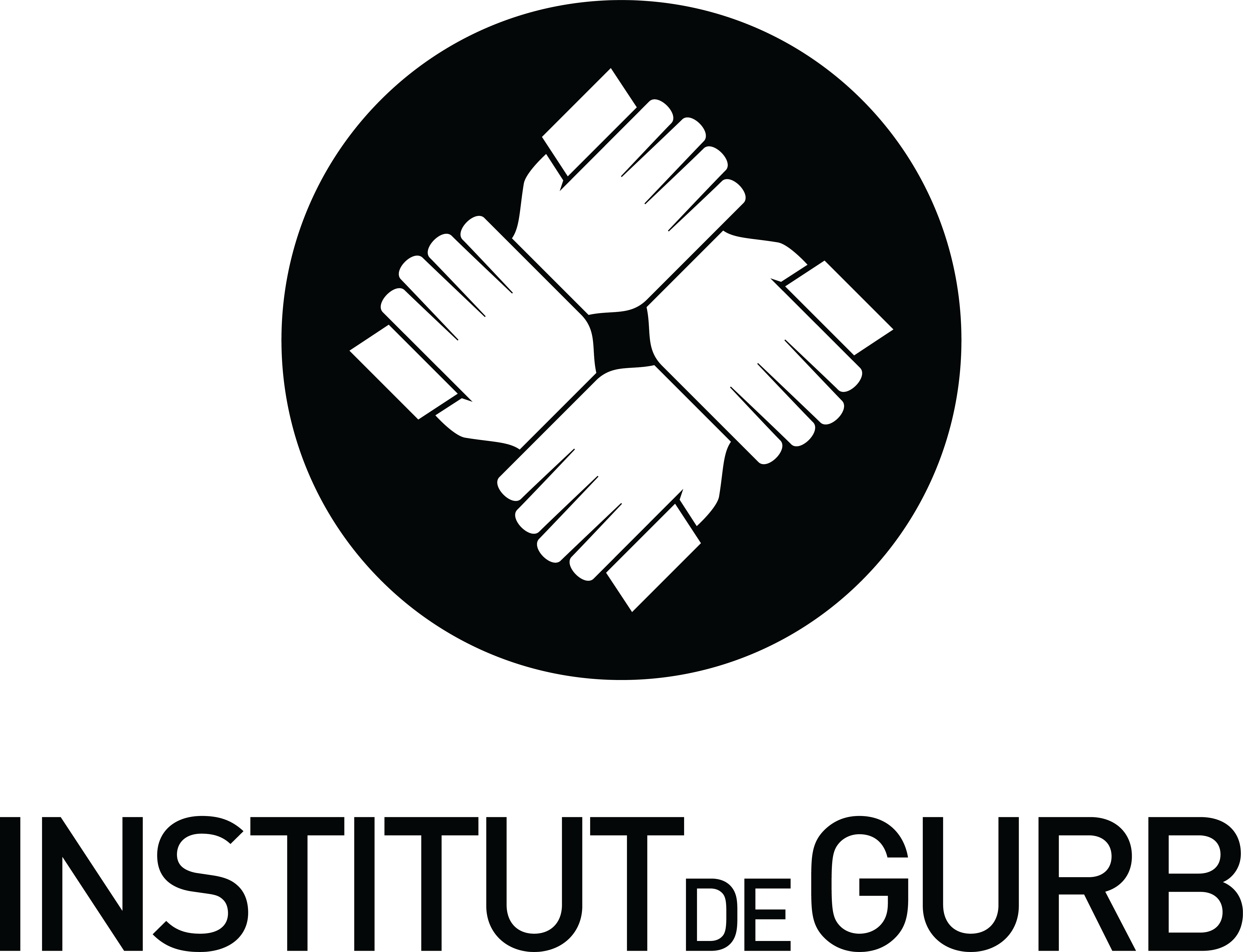

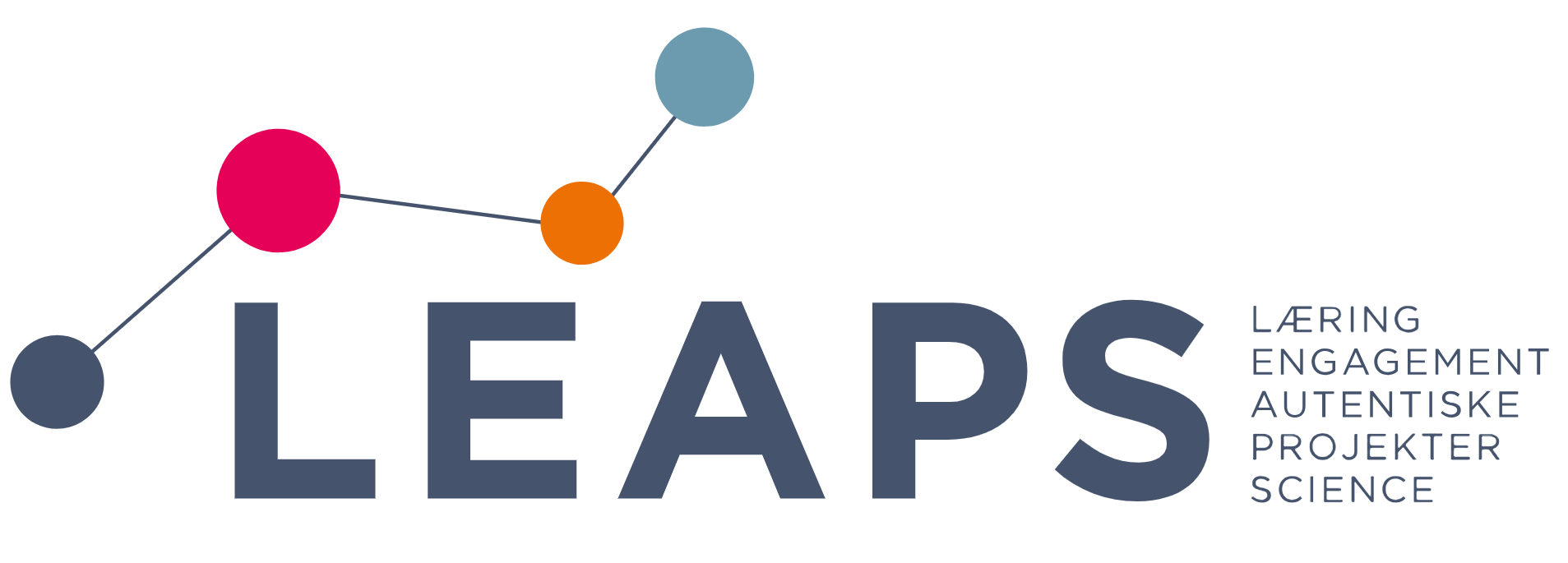


















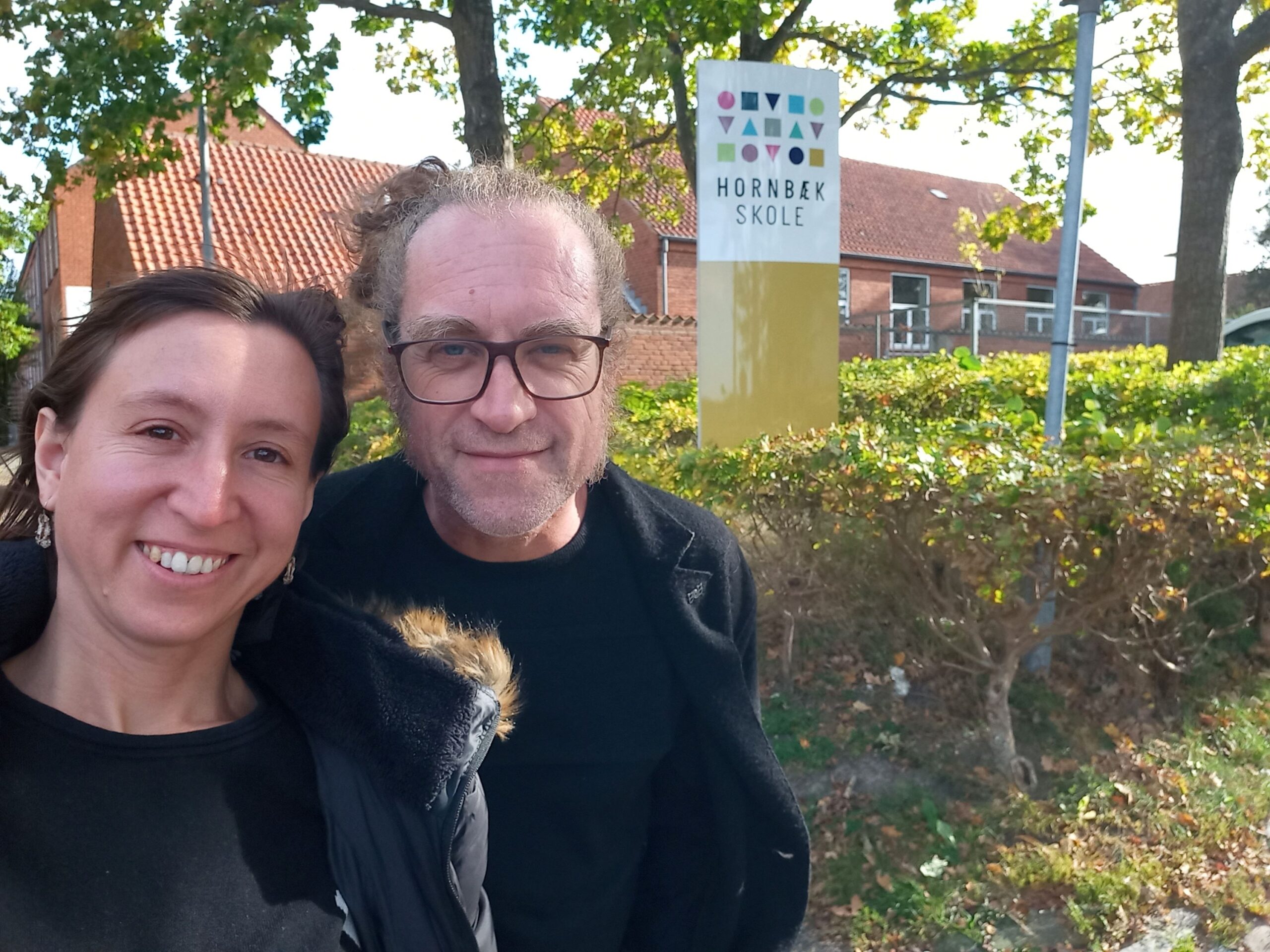
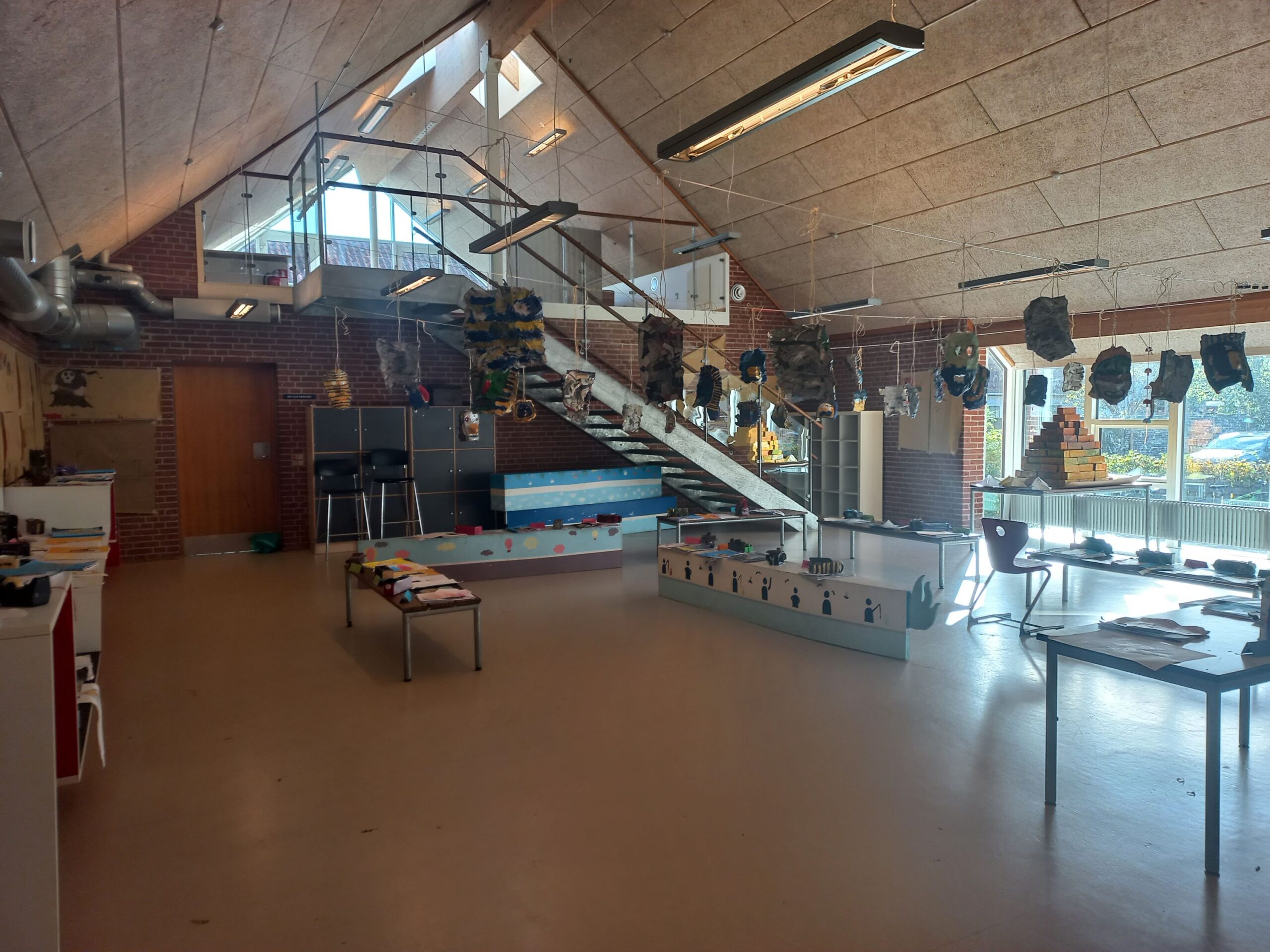

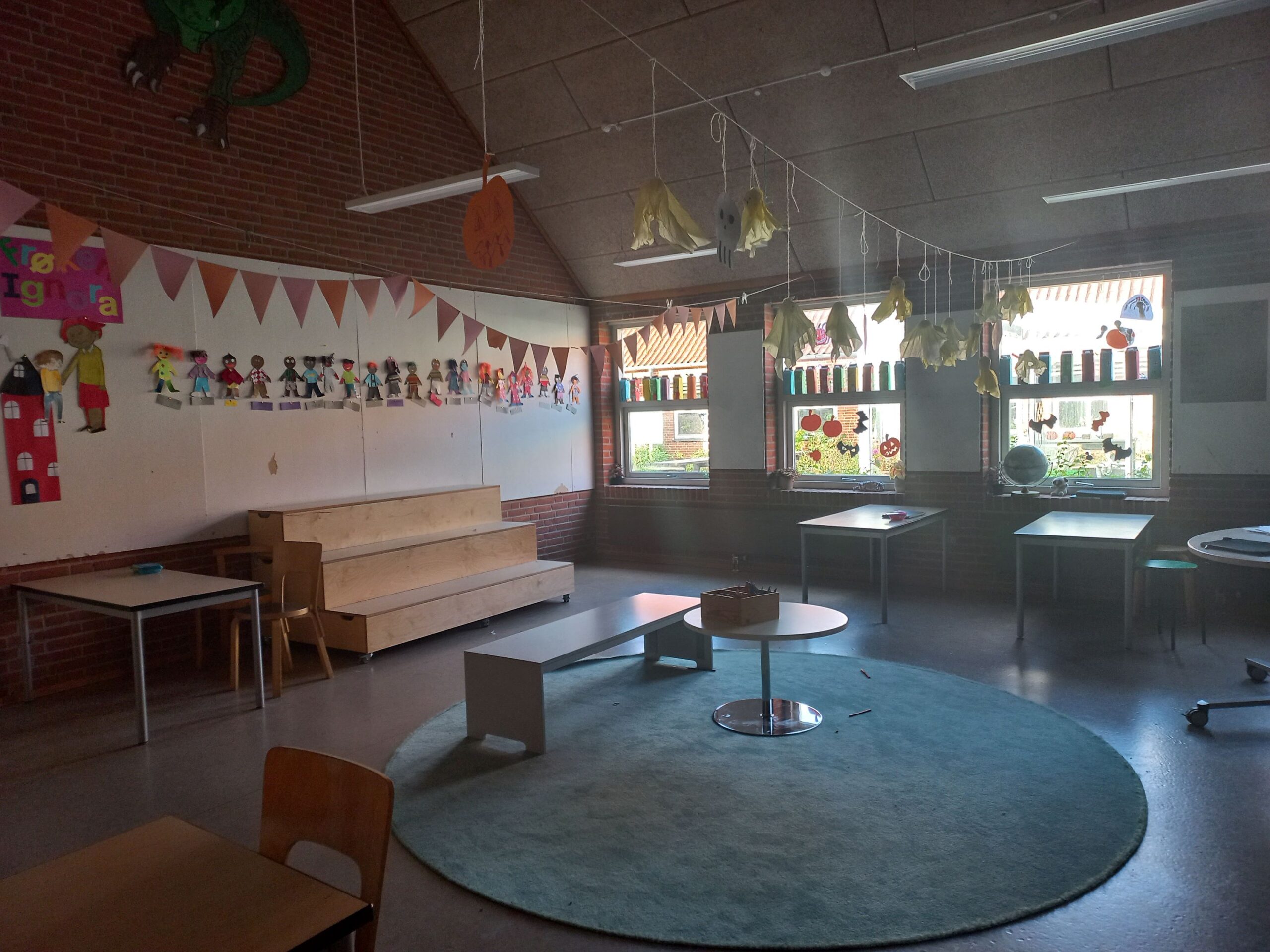
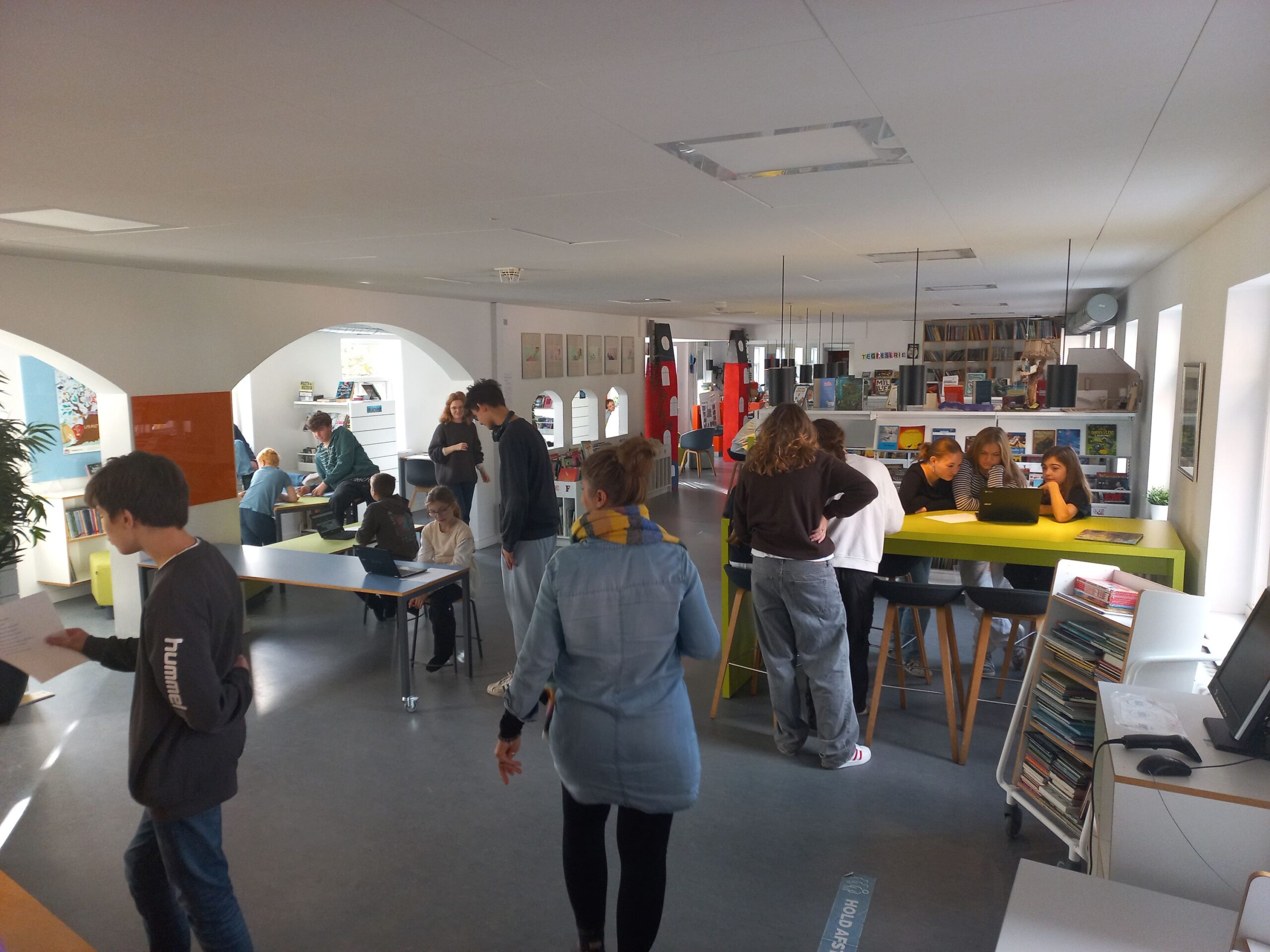
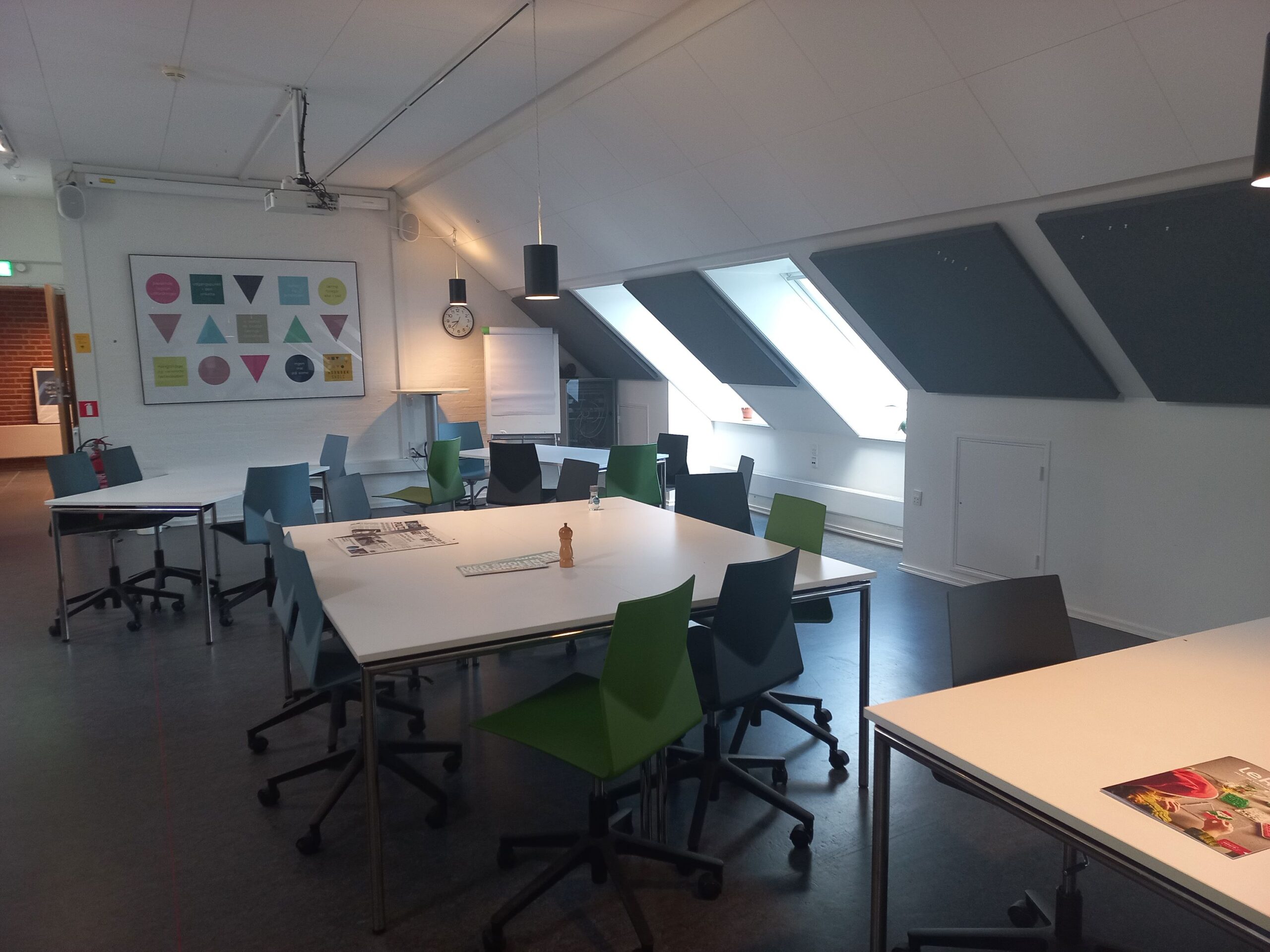

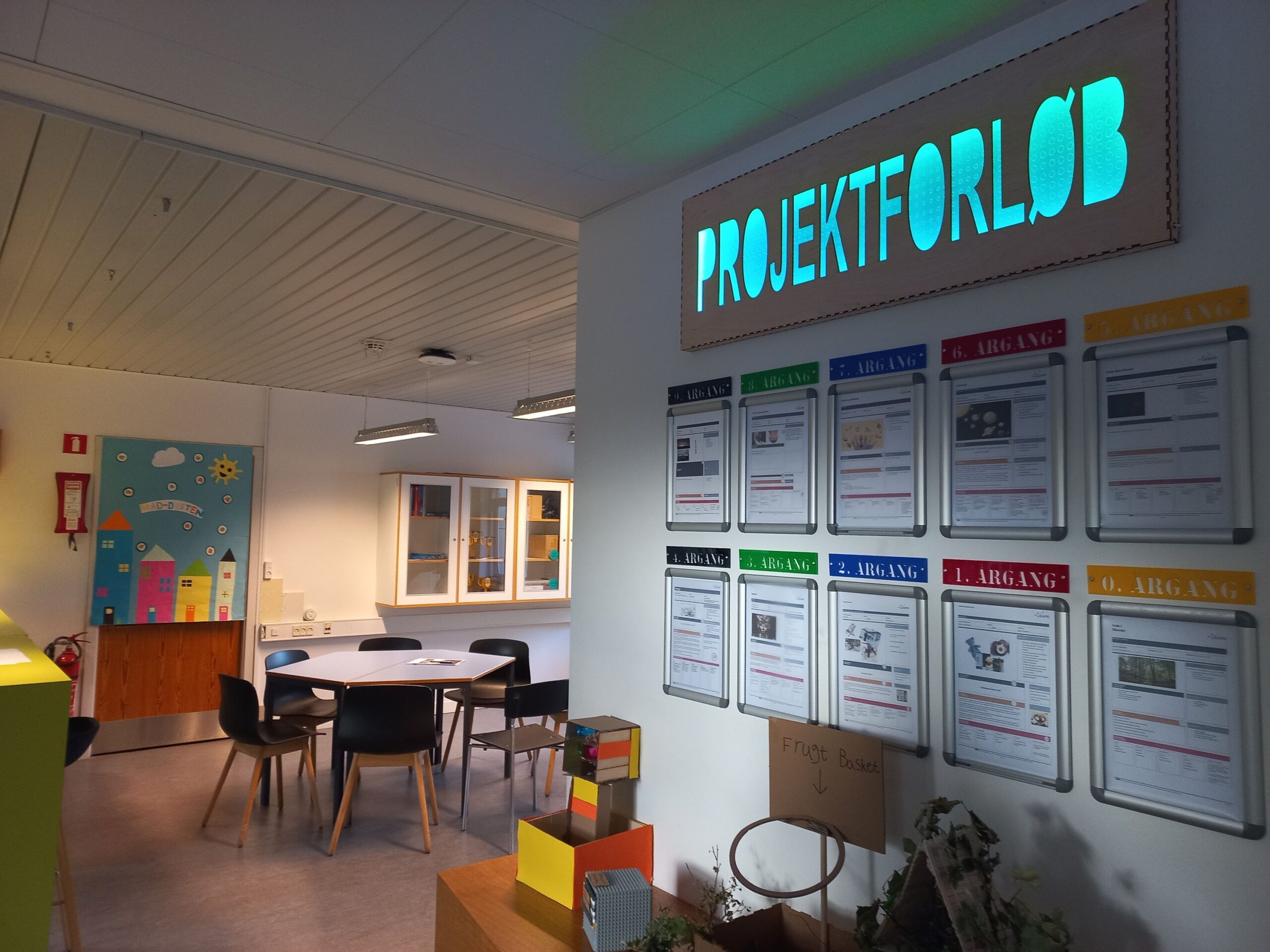












Segueix-nos!